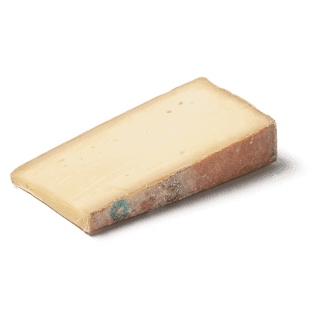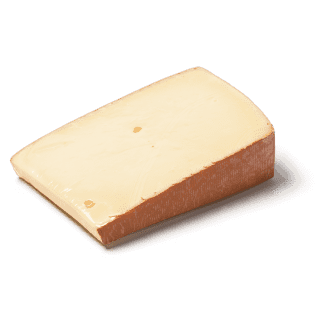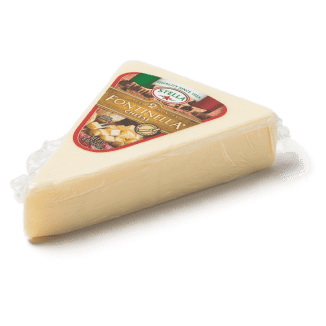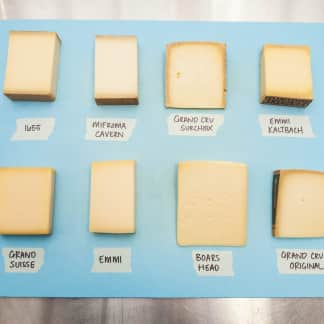In the cheese world, fontina is a challenge to clearly define. Depending on where and how it is made, it can vary in intensity, from mildly milky to earthy or mushroomy, often with a pleasant sweetness that enhances other ingredients. Some are described as being nutty or sharp. It has a reputation for melting well and is the perfect addition to lasagna, pizza, stuffed chicken breasts, omelets, and more.
The “true” fontina, which is in a class by itself, has been made in the northwest corner of Italy since at least the 13th century. This cheese, Fontina Val d’Aosta, has Denominazione di Origine Protetta (DOP) status, meaning that it must be made according to exact specifications. If you can find it at your local supermarket, it probably costs upwards of $20 per pound. You’re more likely to spot more affordable cheeses labeled fontina, fontal, or fontinella. Some, puzzlingly, are described as “Swedish-style.” Though a few are made in Europe, most of these cheeses are made in America.


















